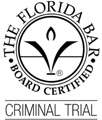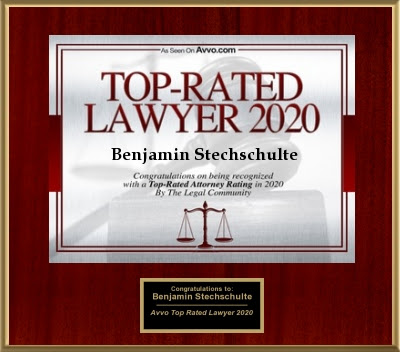Steve Bannon’s August 2020 fraud charges brought high-profile attention to a little-known charity, but one that was responsible for defrauding hundreds of thousands of donors. Bannon’s charity was linked to the We Build the Wall project, a crowd-sourced approach to building the border wall between the US and Mexico. The project had received over $25 million in donations, with Bannon’s pass-through charitable organization receiving $1 million of that to distribute to Bannon and his co-conspirators, Brain Kolfage and Andrew Badolato. In Bannon’s case, he was ultimately charged with conspiracy to commit mail and wire fraud and conspiracy to commit money laundering, all of which are serious crimes.
This case highlights the types of fraudulent charitable organizations that can be established, and how fraud is carried out in the context of a charity with misused donations. The We Build the Wall project had stated that all of the funds would be used “in the execution of our mission and purpose,” which was in fact not the case. This fraudulent representation would form the basis of charges against the group running the charity.
What is a Fraudulent Charity?
The special status of charities is established by the IRS and the parts of the US Internal Revenue Code that relate to taxes and tax-exempt statuses. Section 26 U.S. Code § 501 contains the types of charitable and non-profit organizations that can use a different status for tax purposes, which results in them being tax-exempt on earnings. There are many different types of charitable and non-profit organizations that can be set up, such as under sections:
- 501(c)(3) for religious, charitable, educational, or scientific purposes;
- 501(c)(4) for “social welfare” organizations;
- 501(c)(5) for labor and agriculture purposes;
- 501(c)(6) for not-for-profit business leagues, such as boards of trade;
- 501(c)(7) for social and recreational clubs;
- 501(c)(8) for fraternal benefit societies; and
- 501(c)(13) for non-profit cemetery companies.
For all of these types of organization U.S. Code § 501 sets out that to be tax-exempt, no part of the net earnings can belong or give a benefit to any private shareholder or individual. This was the issue in the Bannon case: his charity had only given out one small grant in a philanthropic capacity, and otherwise earnings were used for his personal and family expenses, along with those of his co-conspirators.
If a charity or non-profit organization is mismanaged or fraudulent, you may be charged with mail or wire fraud, money laundering, or bank fraud (among other crimes), depending on the way in which the mismanagement or scheme is carried out.
18 U.S. Code § 1341 covers the offense of mail fraud. You can be charged with mail fraud if you have:
- devised, or intend to devise, any scheme or artifice to defraud; and
- uses the mail service to carry out that scheme (including posting, depositing something for posting, or causing something to be delivered by mail).
A person found guilty of mail fraud can be fined up to $1,000,000 or imprisoned up to 30 years. Mail fraud is a very serious crime with a broad definition, often used as a “catch-all” offense in fraud cases or large schemes carried out at scale. Wire fraud is a related crime, covered by 18 U.S. Code § 1343. This section states that you can be charged with wire fraud if you have:
- devised, or intend to devise, any scheme or artifice to defraud; and
- transmit, or cause to be transmitted, by means of wire, radio, or television communication … any writings, signs, signals, pictures, or sounds;
- for the purpose of executing such a scheme.
Like mail fraud, this crime carries potential penalties of $1,000,000 in fines, or imprisonment up to 30 years. When these charges are combined, the potential penalties can add up extremely quickly. In addition to these crimes, if you have carried out the operation of a fraudulent charity, you may also be charged with money laundering. Covered under 18 U.S. Code § 1956, you can be charged with money laundering if you:
- conduct or attempt to conduct a financial transaction;
- knowing that the money involved was gained via some unlawful activity.
For example, if a charity was set up to defraud people about its true purpose, and then the proceeds were moved to a different bank account or entity, you could be charged with money laundering. Money laundering crimes can carry fines of up to $500,000, or imprisonment terms of up to 20 years. It’s clear that being involved with a fraudulent charitable organization could quickly become life-altering, with very severe consequences.
What You Can Do
If you are running a charity and you want to ensure you don’t get accused of fraud:
- Construct your public appeal language with care, and make sure that it is broad enough for different contingencies
- Having multiple or secondary purposes for your charity can be helpful
- Don’t overpromise
- If you anticipate costs or payments that will need to be made to you or other services, disclose this upfront
- Ensure that funds are spent in the way that you have represented to the public
- Keep a record of all funds and how they are spent, and how it aligns with your charity’s purpose
Call Stechschulte Nell For Help
If you have been accused of running a fraudulent charitable organization, the law office of Stechschulte Nell can advise you. Don’t wait. Call our top-rated Florida law firm at (813) 280-1244 to speak to an experienced federal defense attorney. We’re available 24/7 to take your call.









